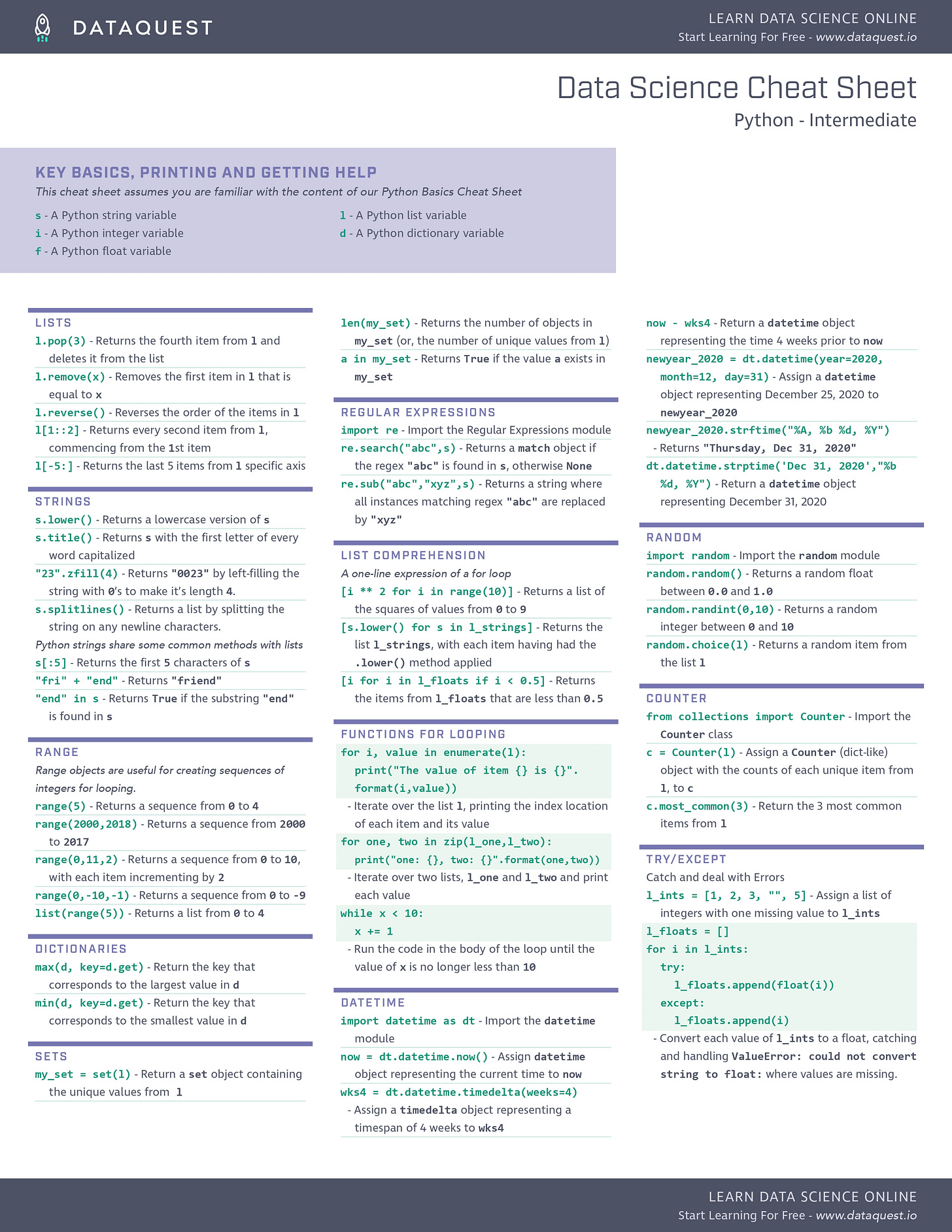How Target Used GenAI to Lift Sales by 9% Across 100K+ Products
LLMs helped Target match the right add-ons, from throw pillows to phone cases -boosting engagement (+11%) and relevance (+12%) without blowing up compute.
Fellow Data Tinkerers!
Today we will look at how Target used GenAI to recommend better products to users.
But before that, I wanted to share an example of what you could unlock if you share Data Tinkerer with just 2 other people.
There are 100+ more cheat sheets covering everything from Python, R, SQL, Spark to Power BI, Tableau, Git and many more. So if you know other people who like staying up to date on all things data, please share Data Tinkerer with them!
Now, with that out of the way, let’s see how Target leverages GenAI for better shopping experience.
TL;DR
Keep reading with a 7-day free trial
Subscribe to Data Tinkerer to keep reading this post and get 7 days of free access to the full post archives.


